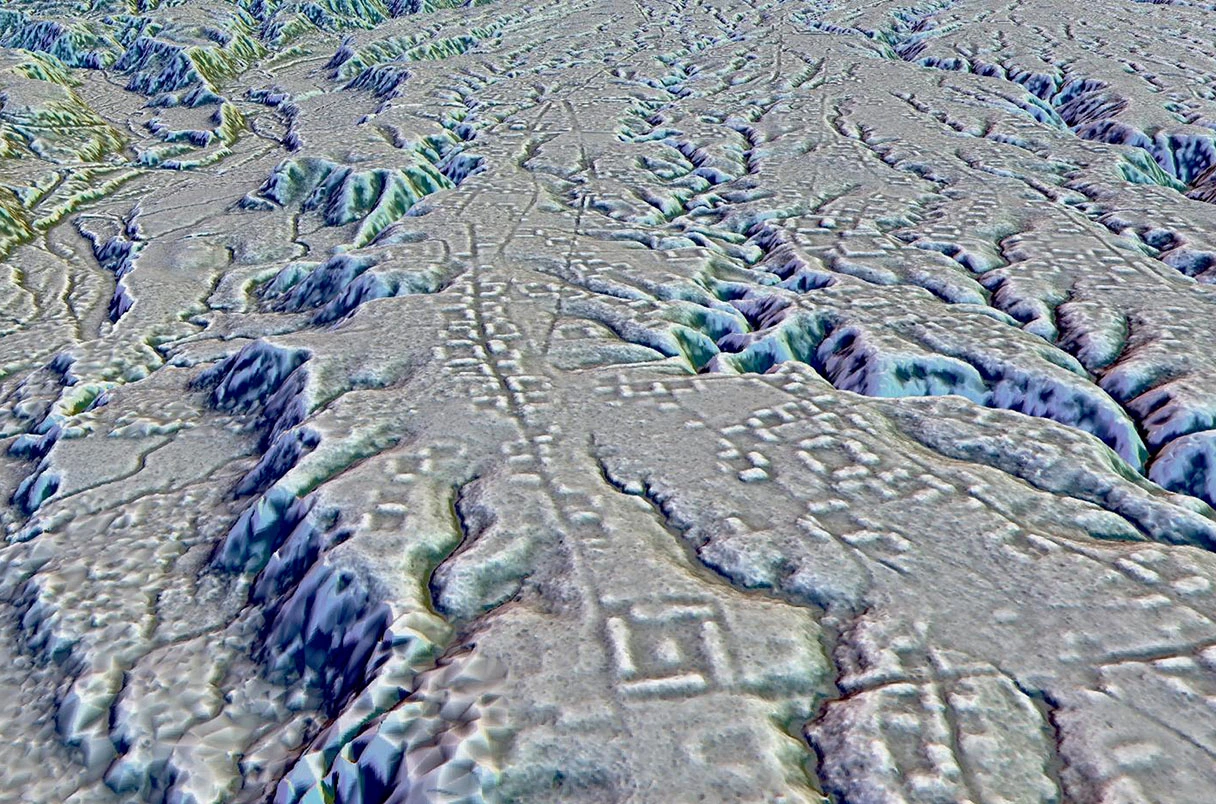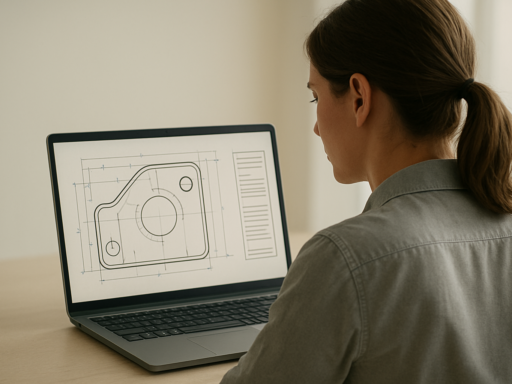A researcher at Scotland’s Heriot-Watt University has developed a new form of LiDAR that can capture people and large-scale objects from a range of up to a kilometer.
The innovator in question – Aongus McCarthy – and his team have effectively created an even longer-range version of LiDAR, a ‘time of flight’ 3D scanning technology. From a few hundred meters away, it’s said that their prototype can capture objects with an accuracy of just 1mm, including those with sharp edges and even certain fine surface details.
As first reported in the New Scientist, McCarthy and co. seem to have made their breakthrough with the invention of a thin superconducting wire and significant tinkering. The latter saw them filter out sunlight to prevent image deterioration, while optimizing calibration and alignment.
During testing, the researchers were able to capture lego figures from a range of 32 meters, as well as scanning people from a rooftop at a distance of up to 325 meters. In their longest-range test, they even managed to scan a communication tower from 1 kilometer away, effectively demonstrating the feasibility of their approach for ultra-long range 3D data capture.
The Heriot-Watt team’s progress is reported to have drawn plaudits from other academics, with the technology said to have potential in futuristic industries like advanced robotics.
“Single-photon time-of-flight LiDAR is a versatile technique for the measurement of absolute distances and for depth profiling,” the team concluded in their paper. “It has a wide variety of applications (e.g. land surveying, autonomous car navigation, underwater imaging) with the potential to achieve high-resolution three-dimensional images over long ranges.”
Of course, LiDAR is already active across industries, whether it be for facility digitization or plant growth analysis. As the technology behind the Artec Ray II, a high-end device with a 130-meter range and up to 1.9 mm accuracy, it has also been applied in automotive, forensics, and more.
But there’s no doubt that manufacturers will be taking note of the team’s upgrade. Who knows, maybe their study will inspire the next-generation of LiDAR hardware innovation!
You can access the full research paper here.






